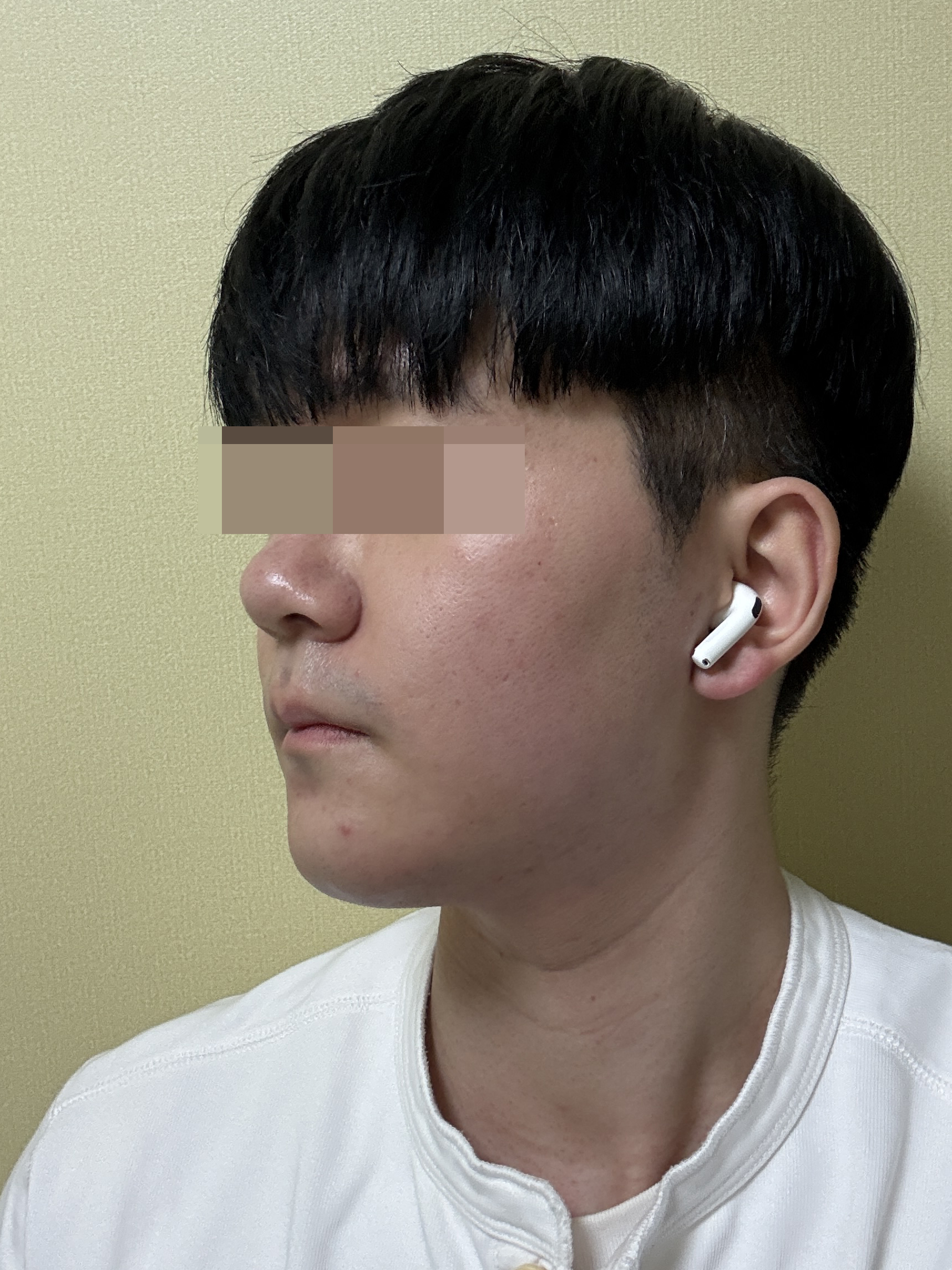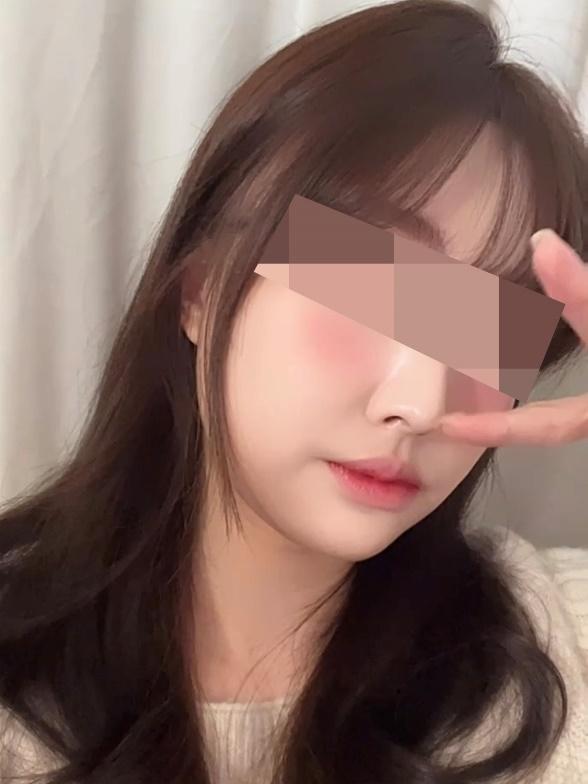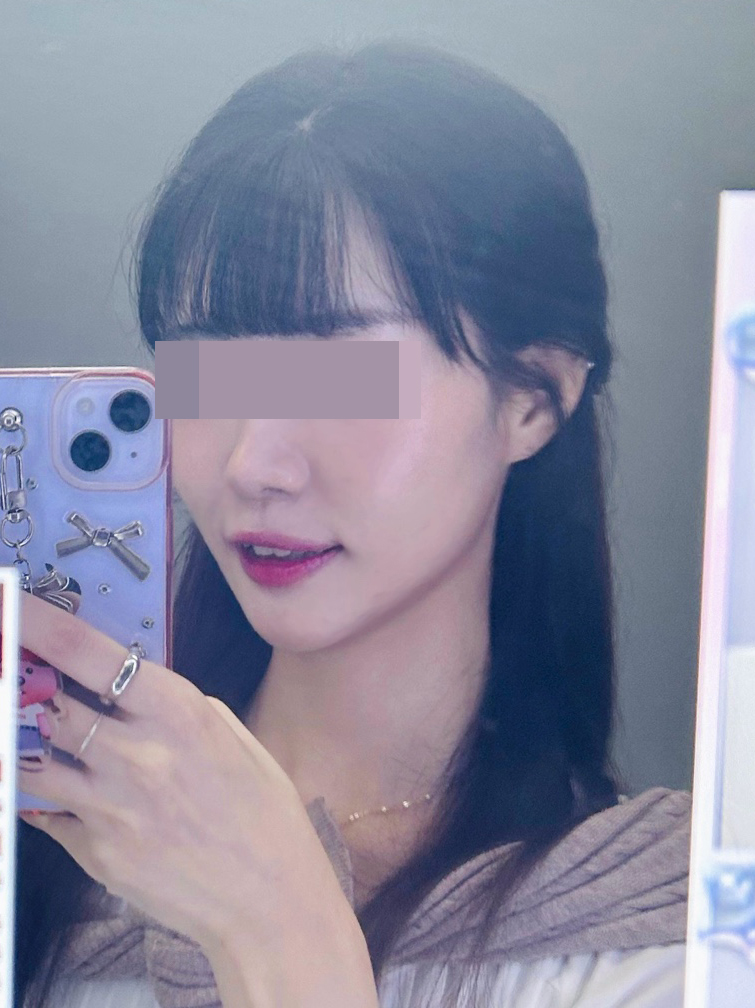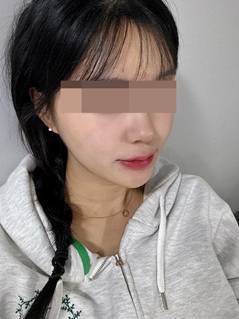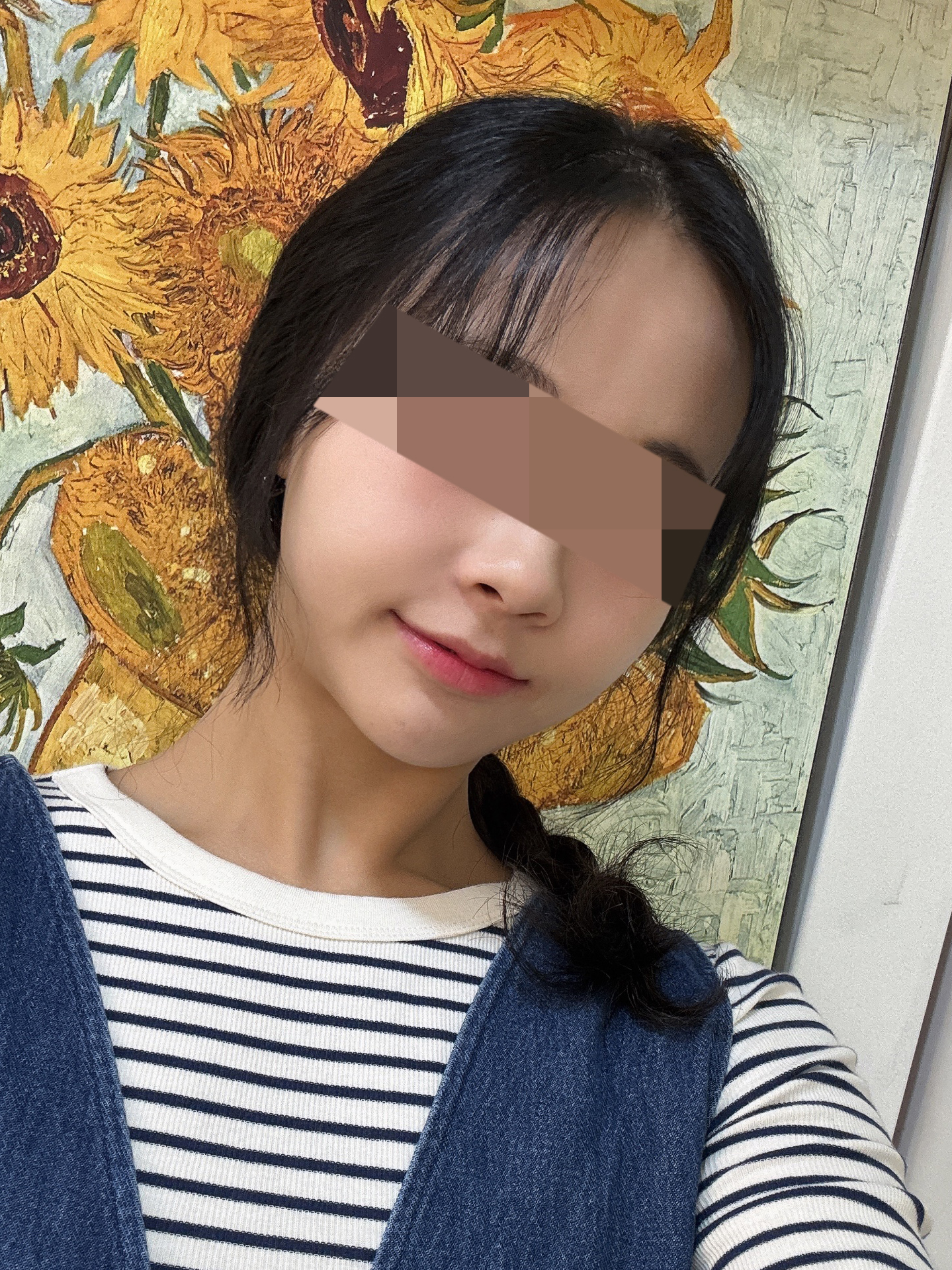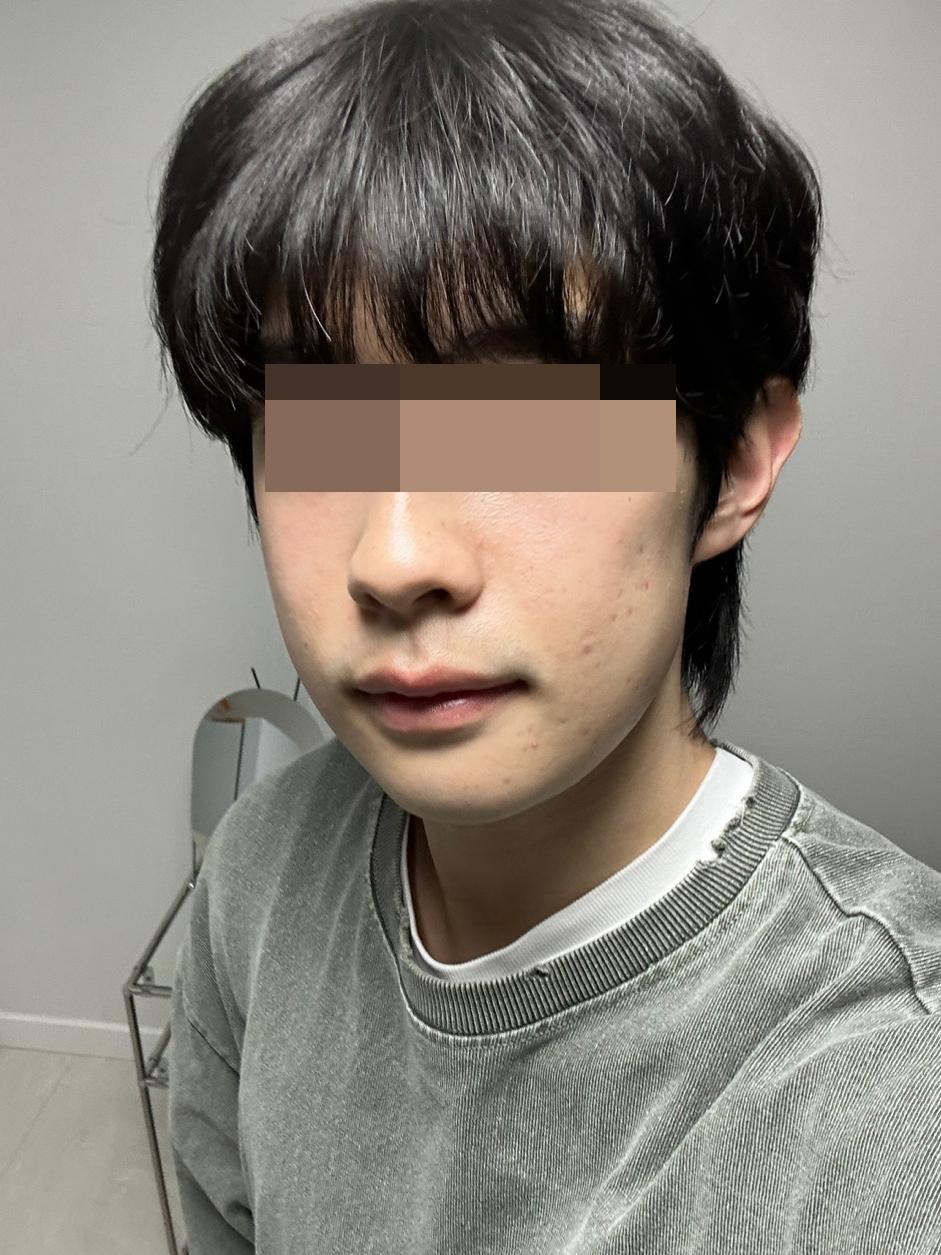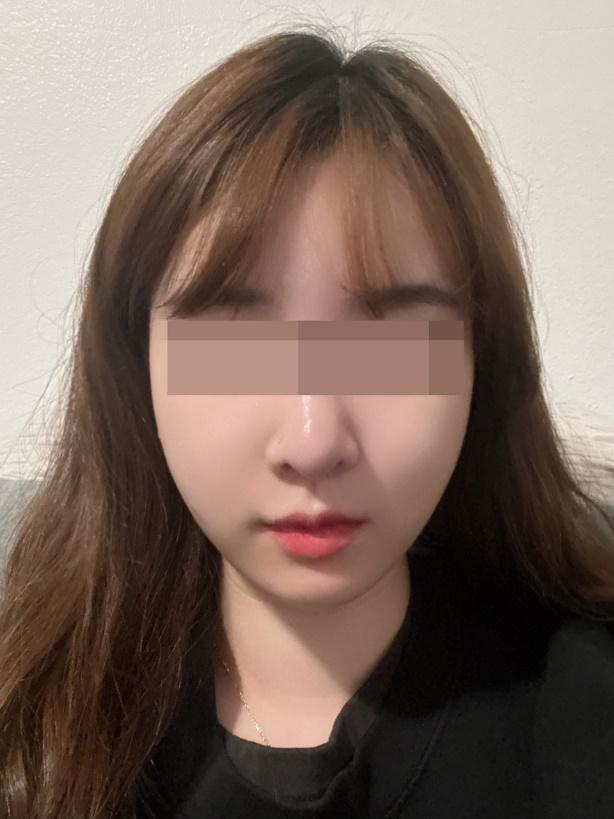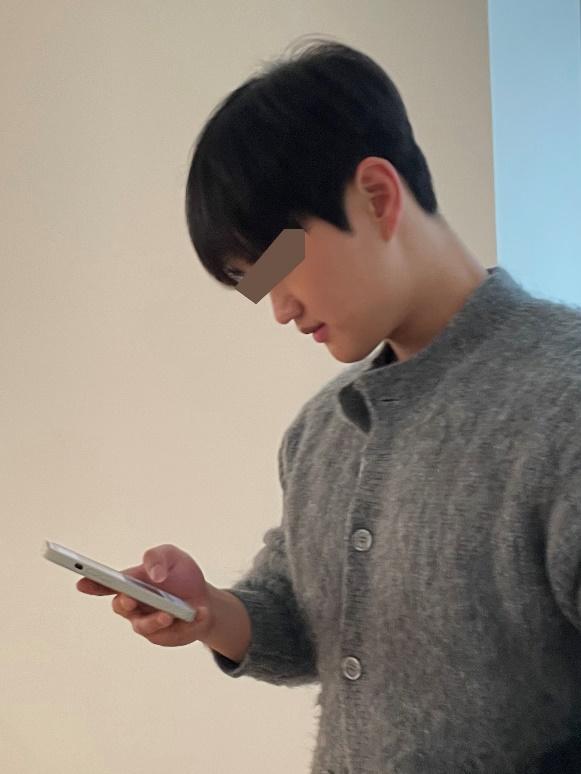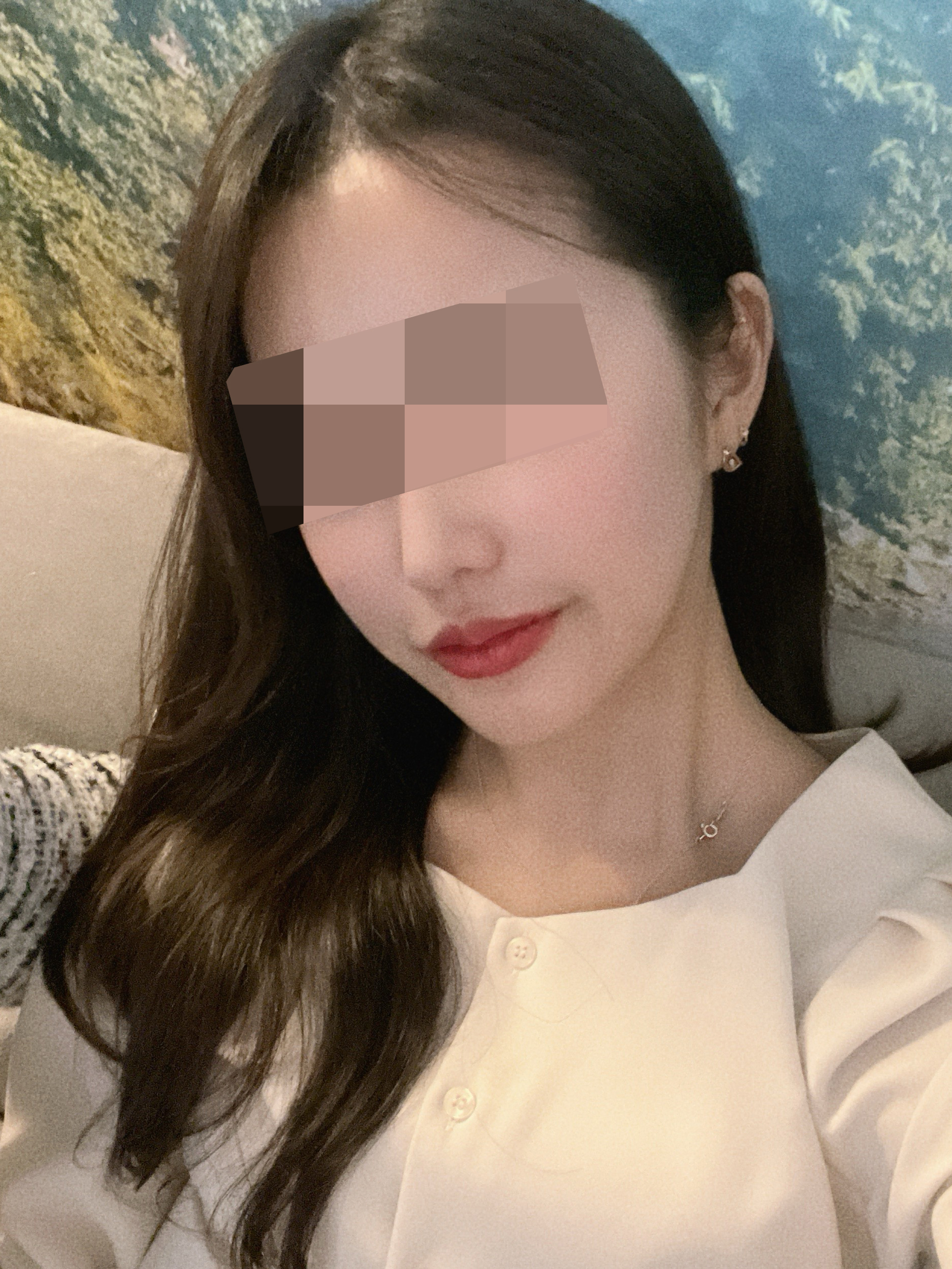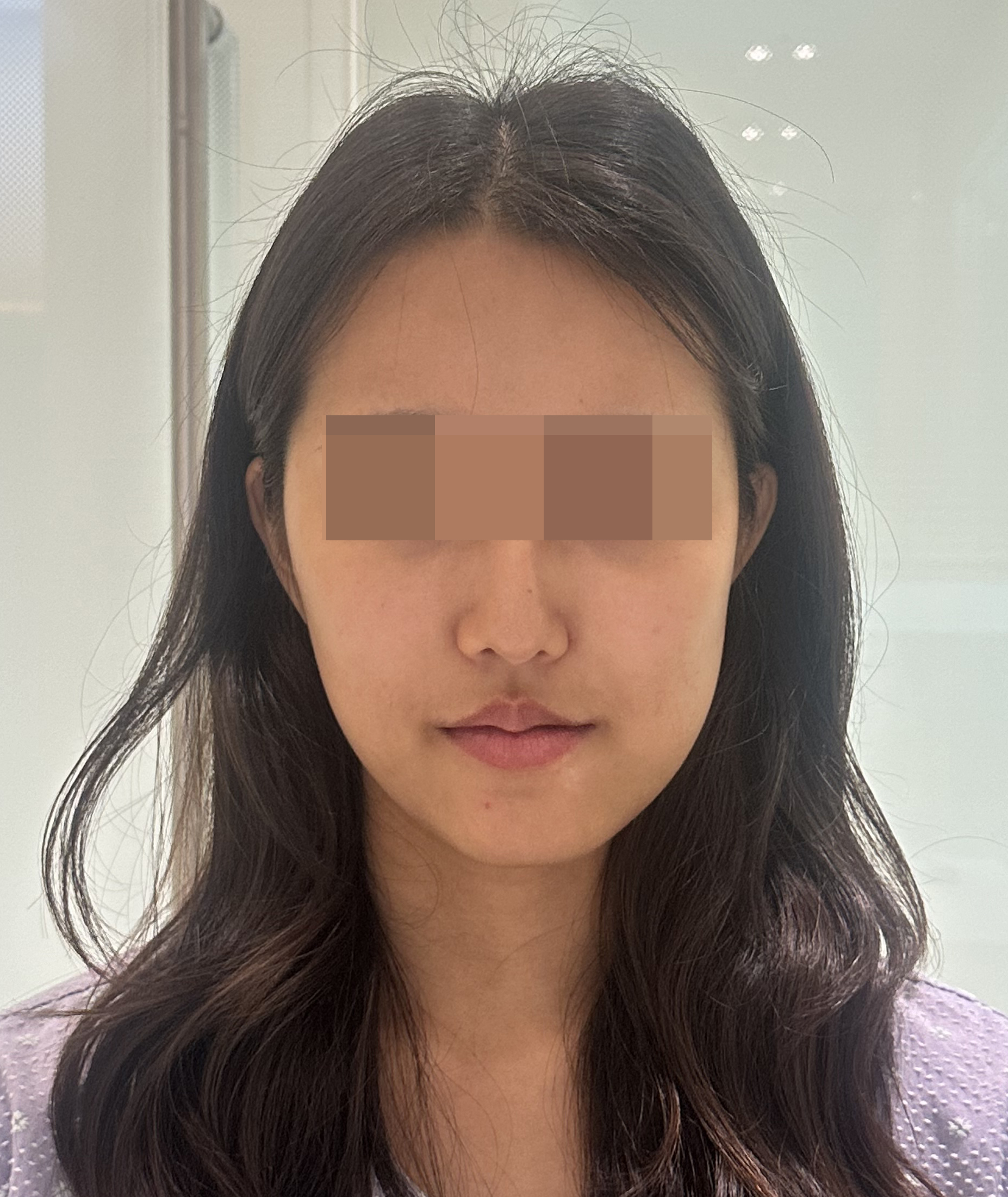
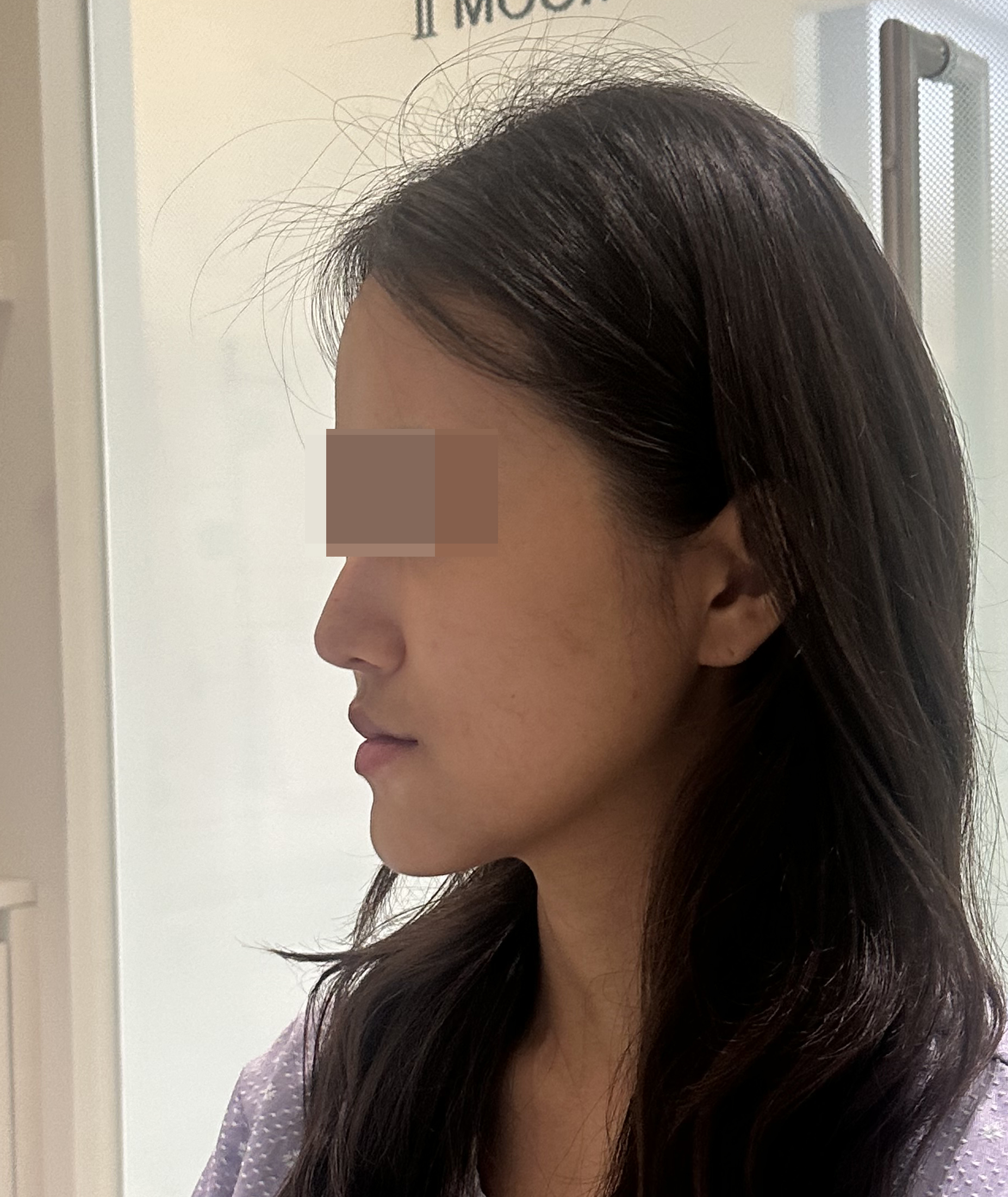
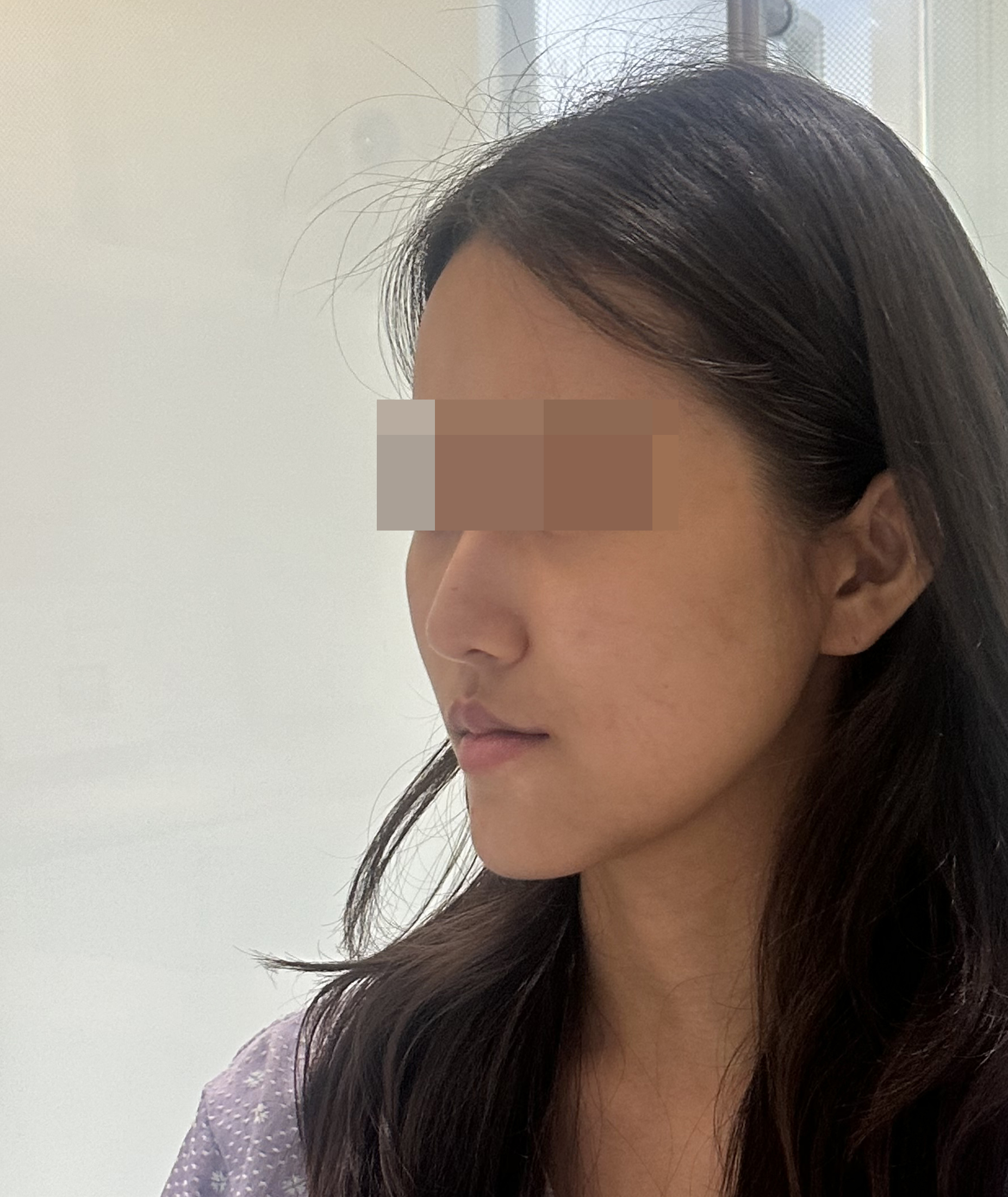
<Before Surgery>
<After Surgery>
I had completed orthodontic treatment when I was a student, but over time, my lower jaw gradually moved forward to the point where my upper and lower front teeth overlapped. In the process, my jaw also shifted to the left, resulting in facial asymmetry.
To correct this, I decided to undergo double jaw surgery. Once I had enough time for recovery, I started researching hospitals and scheduling consultations.
During my research, I received advice from many people and ultimately preferred an oral and maxillofacial surgery clinic over a plastic surgery clinic. The first place I consulted was Y Oral & Maxillofacial Surgery, and I ended up booking my surgery date there right away.
I trusted them because they answered all my questions clearly, and I liked that they only performed one surgery per day and that the same doctor handled all surgeries.
However, before surgery, my anemia levels were low, so I had to visit a gynecologist and receive three iron injections, which resulted in extra time and costs. Even after that, my anemia levels didn’t improve enough, so I had to get a blood transfusion during surgery, which also added to the expense.
If you're considering double jaw surgery, I highly recommend managing your diet and taking iron supplements in advance to keep your iron levels stable!
[Double Jaw Surgery & Two-Jaw Contouring (Square Jaw + Chin) – Surgery Day]
On the morning of surgery, I arrived at the hospital on time, changed into a surgical gown, and went into the operating room at 10 AM. The surgery ended around 2:30 PM.
My mom accompanied me as my guardian, staying by my side to help me stay awake and breathe properly so I could exhale the anesthesia gas.
At the time, I couldn’t move my body, breathing was difficult, and I kept feeling drowsy, making it hard to stay awake. My throat was also so dry that it hurt, and although I knew I wasn’t allowed to drink water, I kept begging for just a sip.
The doctor visited me once I became more conscious and reassured me that the surgery went well.
Since I had a blood drain, a urinary catheter, a nasal tube, and monitoring devices attached to my fingers, it was hard to move at all. I didn’t even think about food—I went the whole day without eating.
By the evening, my guardian had to leave by 7 PM as per hospital rules, so I stayed alone overnight. However, the night shift nurse checked on me every two hours, emptied my blood drain, and even offered words of encouragement, which I really appreciated.
I barely slept, only managing about 10 minutes at a time, and kept waking up. Because of the phlegm buildup, I kept wanting to cough, but I had to hold it in since coughing could strain my jaw.
[Day 2 – The Day After Surgery]
After staying awake all night, the nurse removed my urinary catheter first thing in the morning. It was done so quickly that I didn’t feel any pain, and I felt relieved because I could move around more easily.
Later, the doctor also removed my blood drain, and I was surprised by how deep it had been inside my mouth—but thankfully, it wasn’t painful! I also learned how to wear my wafer (bite guide).
As my energy started returning, I made an effort to walk around the hospital with my guardian. By the afternoon, my face started swelling up more noticeably.
That day, I drank liquid supplements (New Care), gargled frequently, and managed to sleep in 30–40 minute intervals, making the day go by a little easier than the first.
[Day 3 – Discharge Day]
After staying two nights and three days, I had a final check-up with the doctor in the morning, listened carefully to post-op instructions, and then got my prescribed medication at the pharmacy before heading home.
[Day 4–7]
I slept in an upright position as if leaning back in a chair. Each time I dozed off, I couldn’t sleep longer than one hour at a time.
I had to constantly wipe my nose because a sticky, bloody mucus kept coming out. I also had bloody phlegm, but since I wasn’t supposed to spit it out forcefully, I tried to swallow it with small sips of water instead.
By the end of the first week, I was shocked by how extremely swollen my face was—even though I originally had a slim face, the swelling was severe. It was emotionally tough, but seeing my improved facial symmetry and well-balanced chin kept me motivated.
By Day 6, the swelling stopped increasing and slowly began to subside. I made an effort to take long walks, and after each walk, my face seemed a little less swollen.
For meals, I alternated between liquid supplements and porridge, trying to eat as much as possible since good nutrition speeds up recovery. I also wore my compression band frequently to prevent sagging.
I avoided going out because I didn’t want people to see my swollen face. The inability to chew food was frustrating, but I had mentally prepared for this process, so I kept focusing on recovery.
[Day 8 – First Follow-Up Visit]
At my first post-op visit, the doctor checked my progress and cleaned the inside of my mouth.
Although I was worried about how swollen I still looked, the doctor assured me that this level of swelling was normal and that my healing was going well. I had also noticed a hard lump in my left cheek, but the doctor said it was just swelling and not an infection, which was a huge relief.
I also got a swelling-reducing laser treatment before heading home.
[Day 9–14]
The swelling gradually reduced day by day, and it was fascinating to see my face change slightly every morning.
I couldn’t wait for my stitches to be removed since they made it hard to smile. My meals were still limited to soft foods, but I was able to eat mashed tofu, steamed eggs, and Greek yogurt, which made things a little easier.
By Week 2, the aching and occasional headaches disappeared, so I could sleep more deeply at night. I continued warm compresses and daily walks to reduce swelling.
[Day 15 – Second Follow-Up Visit]
The long-awaited stitch removal day!
The doctor was extremely careful while removing them, so although I felt some mild stinging, it was totally manageable and only took about 2–3 minutes.
Later at home, I could still feel some stitches left inside, so I messaged the clinic. They explained that some stitches were deeply embedded and would naturally dissolve over time. Sure enough, two days later, they fell out on their own!
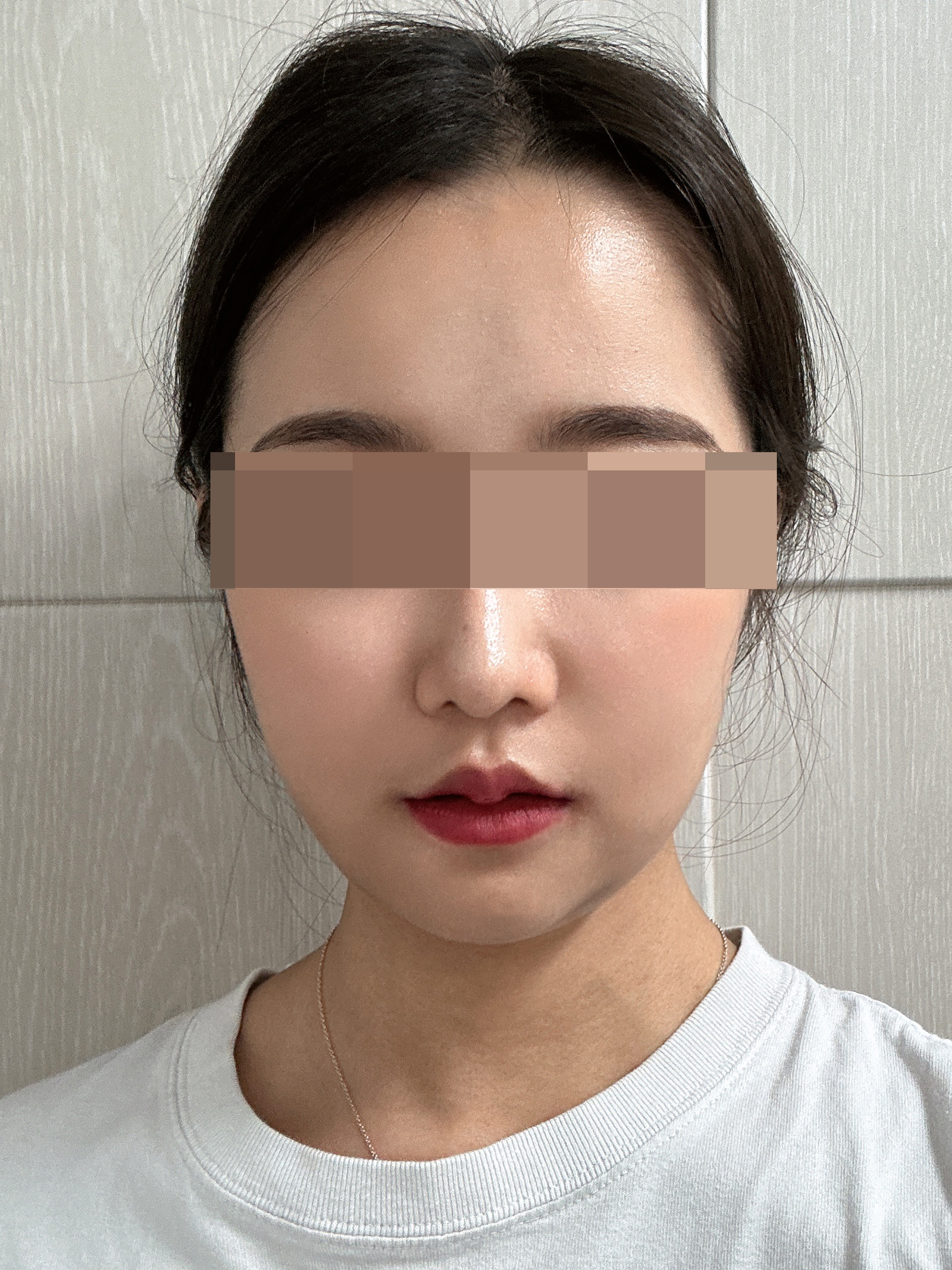
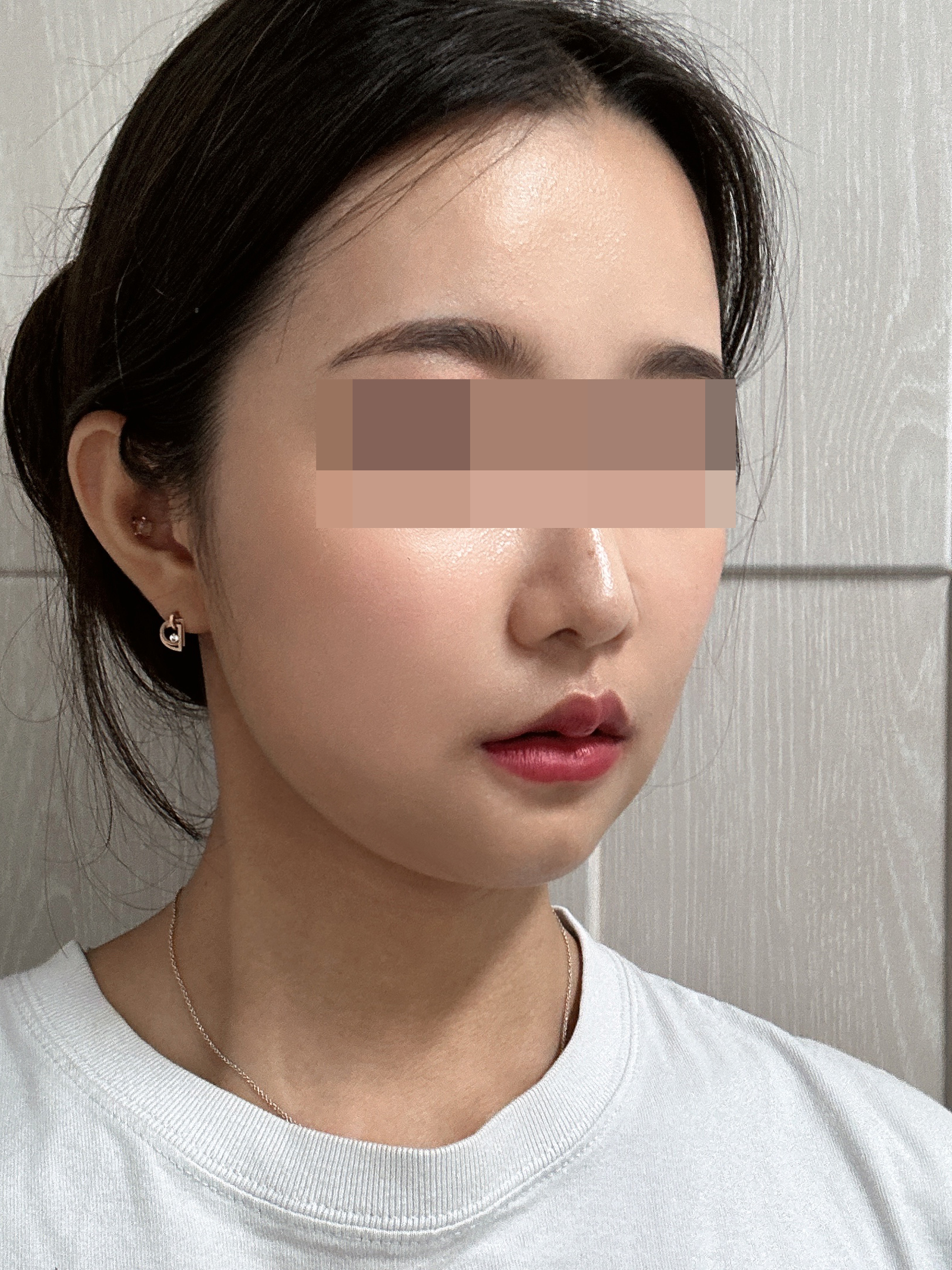
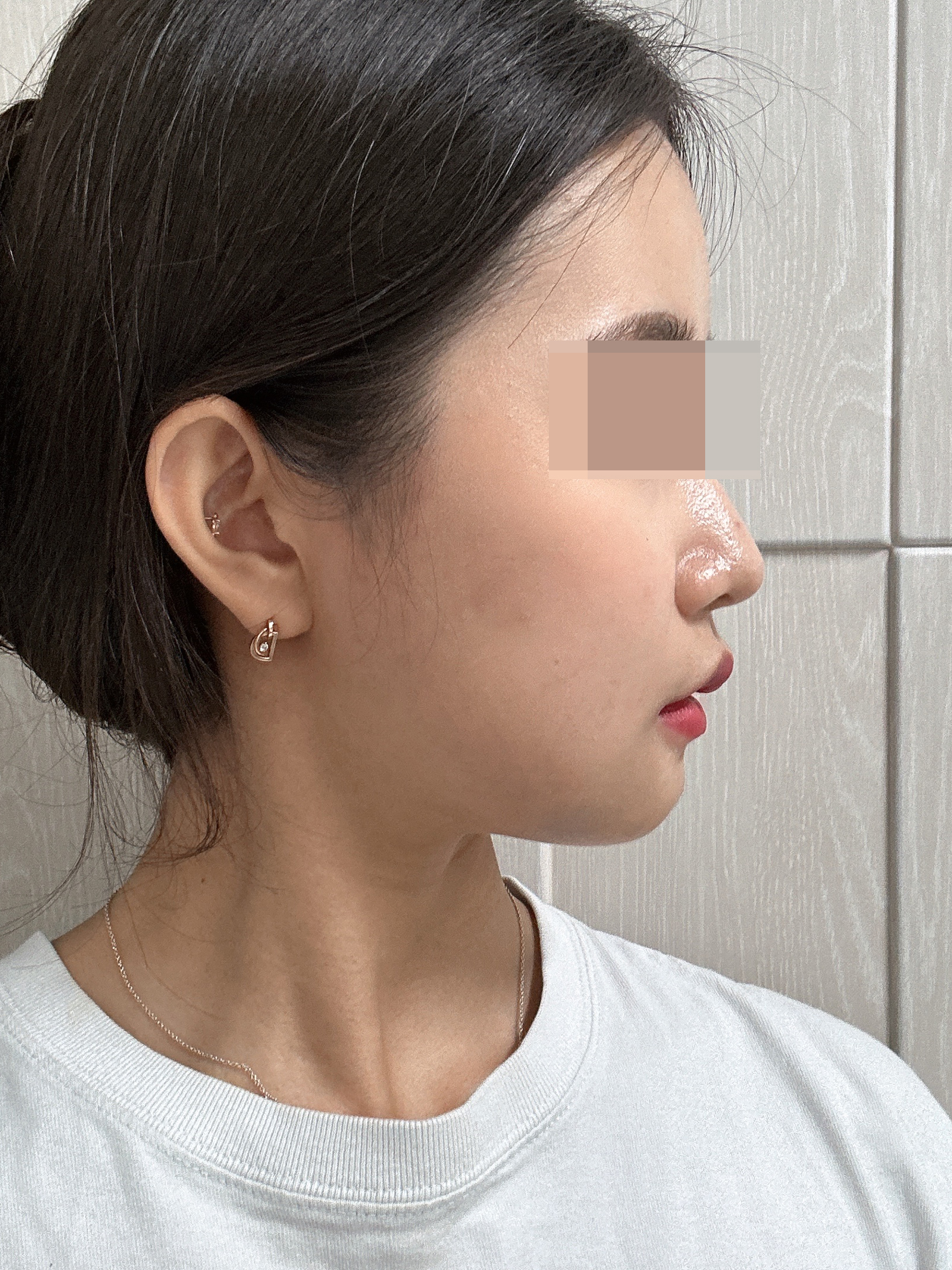
[Day 16–30]
By the third and fourth weeks, I still had some lingering swelling, but it had reduced enough for me to wear makeup and meet people.
Since I hadn’t started orthodontic treatment yet, I still couldn’t chew solid food, which was the biggest inconvenience. However, my face shape was settling beautifully, and I was very happy with the results!

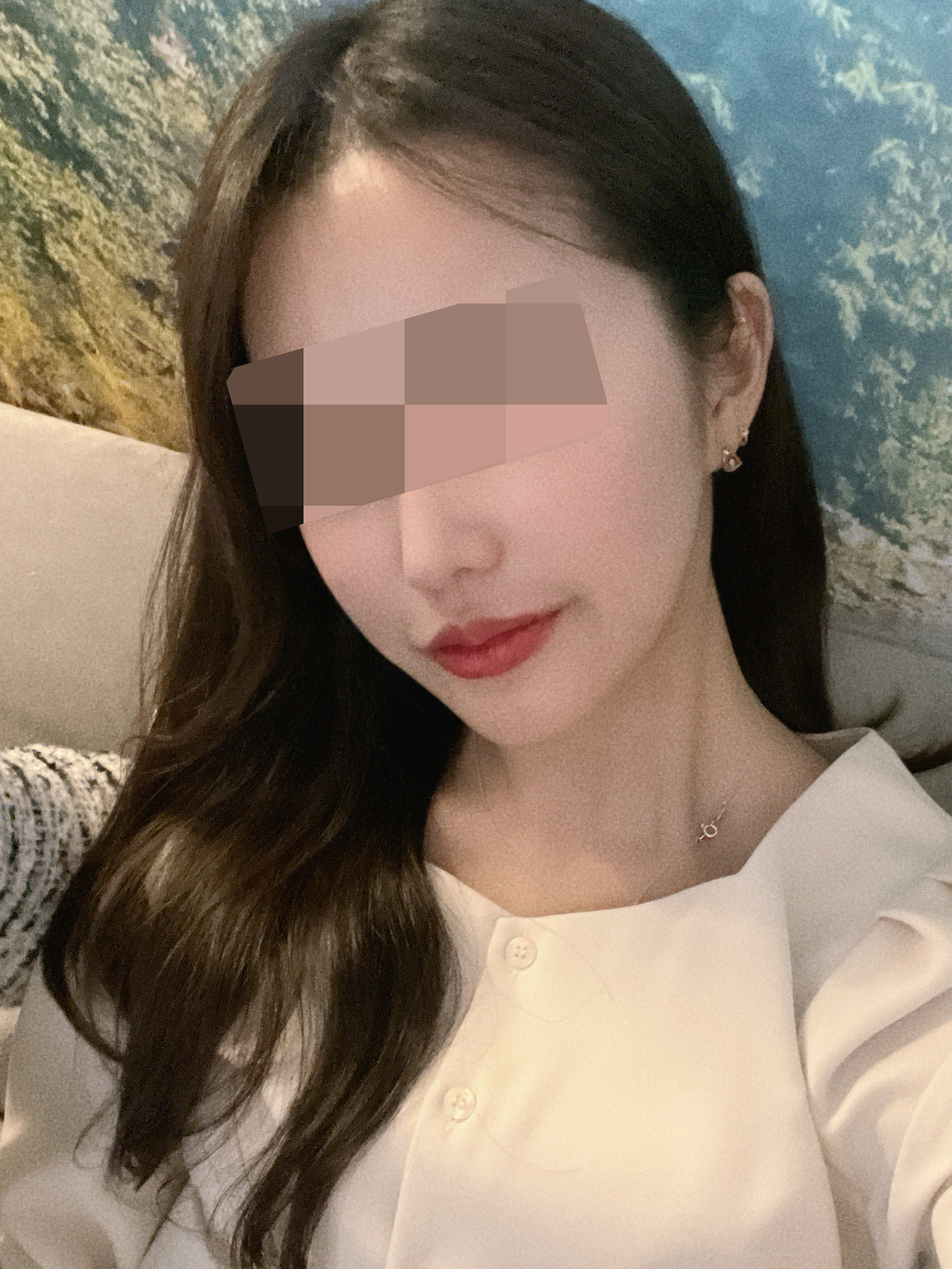
[Recent update – 3–4 Months Post-Surgery]
My swelling has gone down significantly!
At first, I struggled with eating and dealing with the swelling, but now I can chew almost everything except tough foods. My face feels much more stable, and my quality of life has improved so much!
Although chewing still causes some discomfort, it has gotten a lot better. The only inconvenience now is my braces.
People often tell me my face looks smaller and prettier, and even those who didn’t know I had surgery just say I look great!
The first few weeks were tough, but by Month 3, it all felt worth it.
If you're planning or recovering from double jaw surgery—stay strong! You’ll get through this! 💪✨


